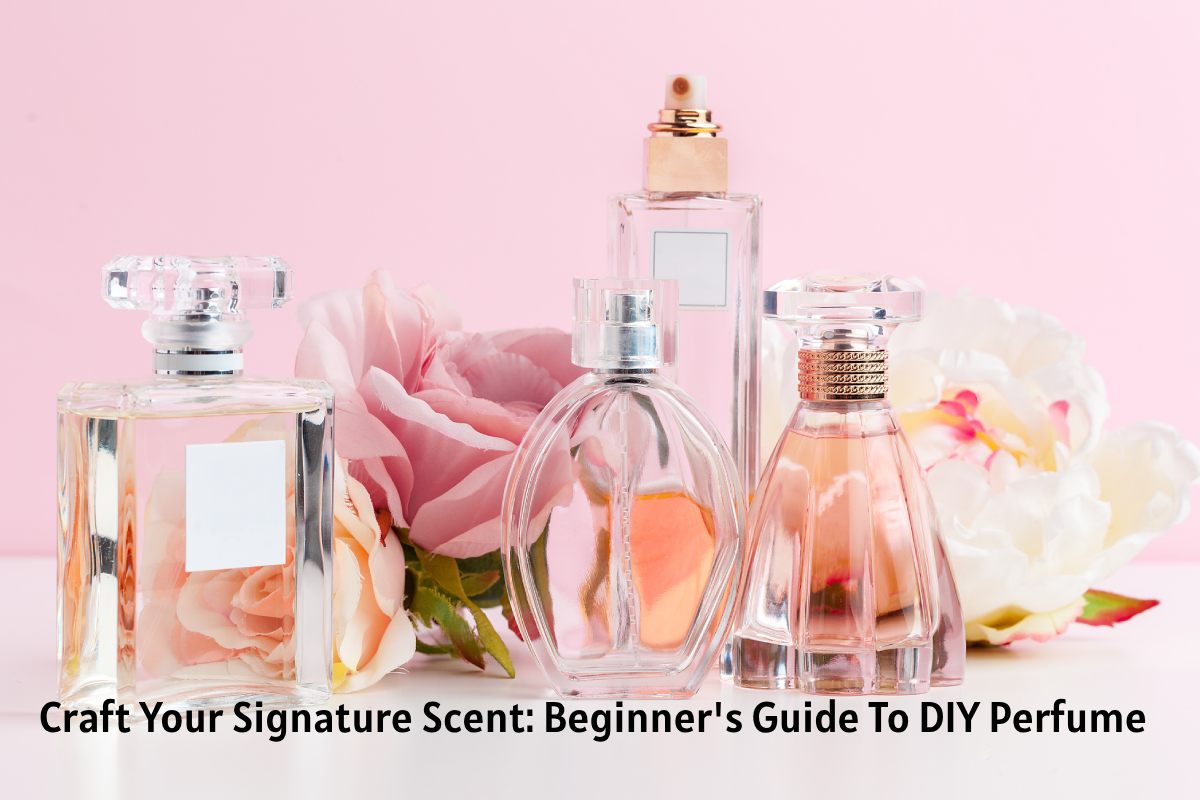Have you ever wondered what goes into making your favorite perfume or how you can create a custom scent just for you?
Getting started with do-it-yourself (DIY) perfume can be an enjoyable and rewarding hobby once you understand the basic concepts. Read on as we explore the fundamentals for crafting your own signature scent right at home.
When creating a perfume, you’ll need various oils and absolutes, which can be purchased online or from specialty stores. You may visit https://n-essentials.com.au/shop/collections/perfume-making/ or similar sites for quality ingredients. The combination of fragrant compounds you select and the ratios used make your perfume unique.
Table of Contents
Understanding Fragrance Families
As you begin choosing ingredients for a homemade perfume, it’s helpful to know that most fragrance compounds fall into one of several broad categories called fragrance families. These include floral, oriental, woody, fresh, and citrus families.
You’ll commonly find descriptors like ‘warm,’ ‘bright,’ and ‘earthy’ within each family. As you experiment, you can decide whether you prefer blends across one family or combining multiple families.
Gathering Your DIY Perfume Supplies
Now that you grasp the fragrance family concepts, it’s time to gather some basic supplies to equip your at-home perfume lab.
You’ll need small glass bottles for storing the oils and alcohol, mini funnels, and small beakers or vials for mixing. A set of disposable pipettes allows you to experiment with different ratios. You’ll also need essential oils, carrier oil or perfumer’s alcohol, and distilled water.
Choosing Your Scent Ingredients
When selecting ingredients for your homemade fragrances, it helps to make a list of scents you already know and love. This gives you an idea of what fragrance families tend to work well for your body chemistry.
From there, have fun selecting a variety of oils within your preferred families. For beginners, limiting the number of oils to 5-7 is best so you can detect how each smells on its own and blended.
Understanding Carrier Oils vs Perfumer’s Alcohol

Now comes the time to select your perfume base. You have two main options—a carrier oil or perfumer’s alcohol. Light carrier oils like fractionated coconut oil or jojoba oil help ‘carry’ and diffuse the scent. However, the aroma doesn’t last as long. Perfumer’s alcohol delivers a longer-lasting presence but requires safety precautions as it’s flammable.
Creating Your Signature Scent Blend
Once your fragrance ingredients and base arrive, it’s time for the best part: blending! Start by taking notes on how each essential oil smells on its own when placed on testing strips or cotton balls. Pay attention to if you pick up top, middle, or base notes. Then, begin combining 2-4 oils in small ratios like 80:20 or 60:40.
Allow time for the blend to settle before evaluating again. Resist the urge to add too many oils at once in the beginning. As your nose detects what it likes or doesn’t, try slight ratio adjustments while recording each blend along the way.
Have fun, get creative, and don’t overthink it! Sometimes, the most beautiful proprietary perfumes use very simple oil combinations executed with artistry and skill.
Understanding Fragrance Concentration
An important component when making homemade perfume is understanding fragrance concentration, typically recorded in percent concentration. Typical concentrations are 2-5% for Eau de Toilette strength all the way up to 15-30% for Parfum strength.
If you use a carrier oil as your base, you’ll achieve roughly a 2-9% concentration. DIY Perfume alcohol allows for a wider range but starts low at 10% as it gets quite potent!
Experimenting With Layering
Once you perfect your main perfume blend, play around with layering other fragrances underneath and on top to make it multi-dimensional. Citrus and green scents commonly make bright top notes, while vanilla and woods make intriguing base notes.
Spritz your perfume, allow it to absorb for one minute, then dab a complementary oil onto pulse points. The results can be spellbinding!
Tips For Storing Your Creation
To keep your perfume creation stable, be sure to store it in dark amber or blue glass bottles away from light, which can degrade the quality.
Essential oil-based perfumes can be kept for 12 months or longer but may need a carrier oil refresh halfway through. Alcohol-based blends last 18-24 months and make great gifts!
Final Thoughts
Designing your own custom fragrances is an enjoyable endeavor that exercises your creativity and nose! Start by gathering some basic equipment along with high-quality essential oils and bases. Select ingredients from appealing fragrance families and make notes as you slowly combine and test blends.
Pay attention to fragrance concentration to achieve your preferred strength. And don’t forget to experiment with fragrance layering to add dimension. Follow this beginner’s guide, and you’ll be crafting signature scents in no time!

